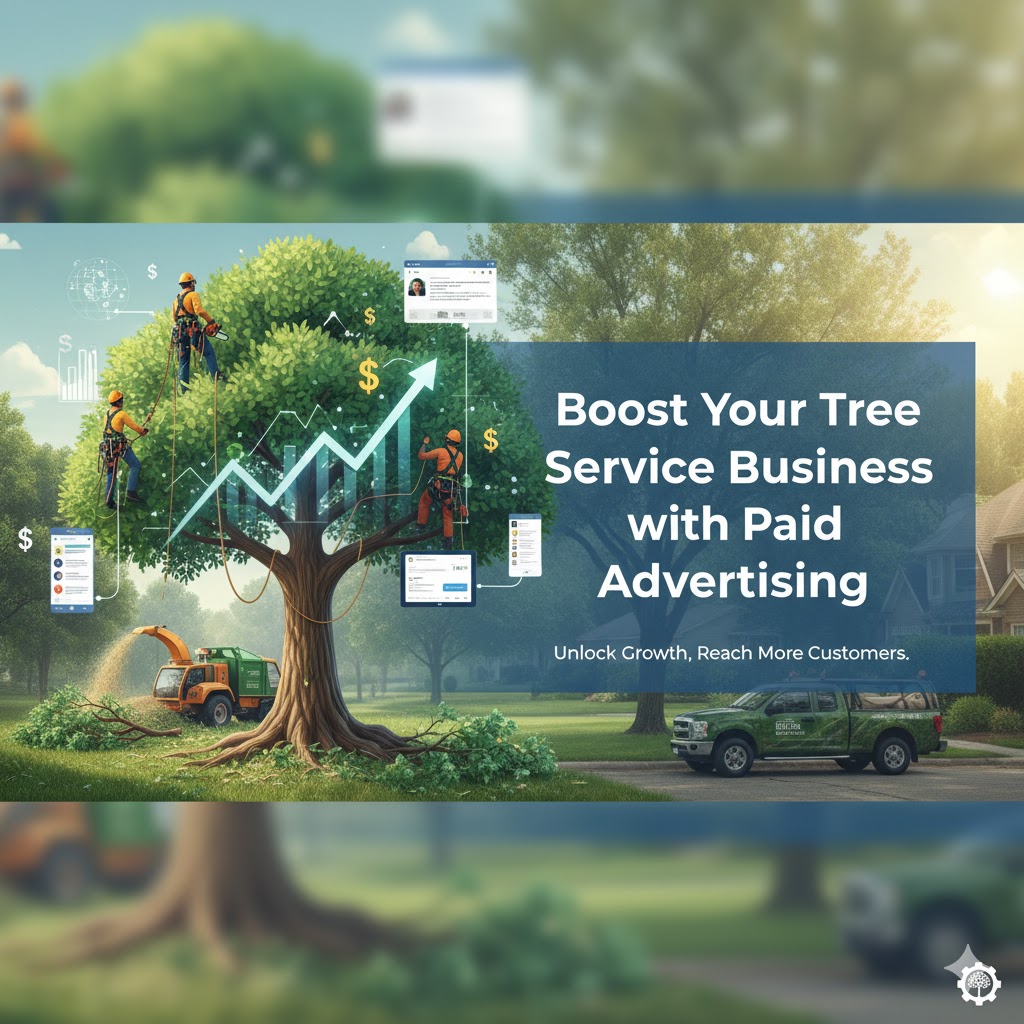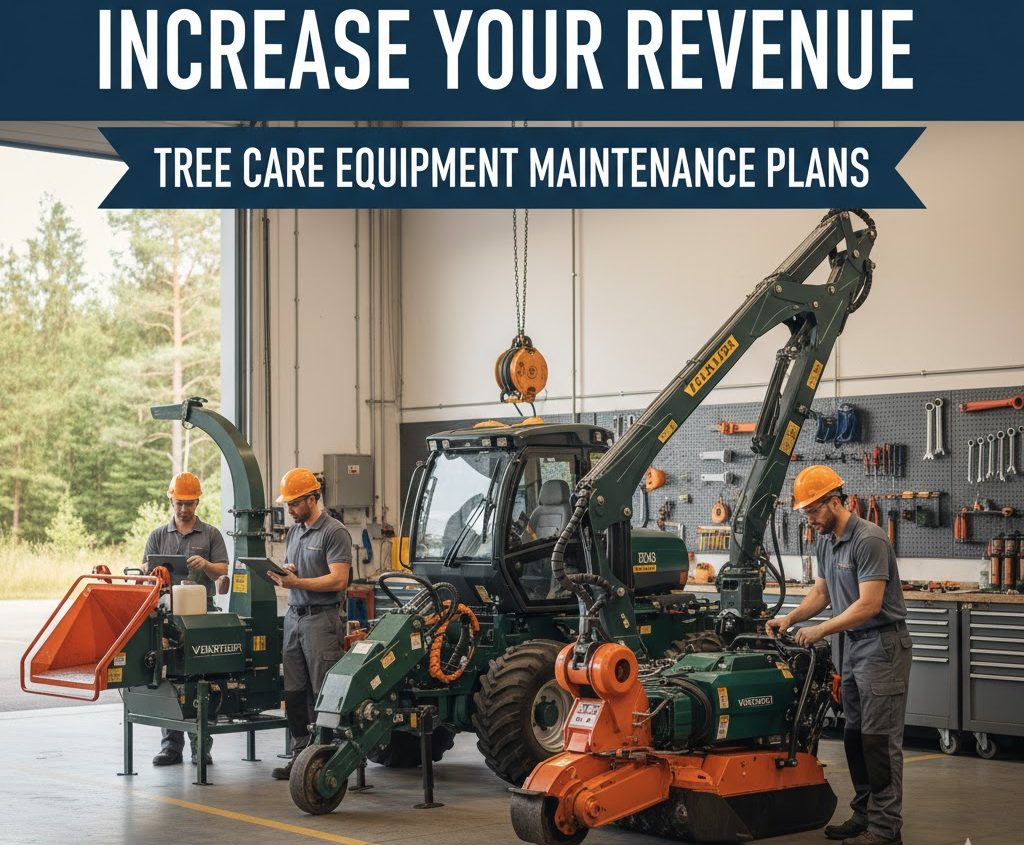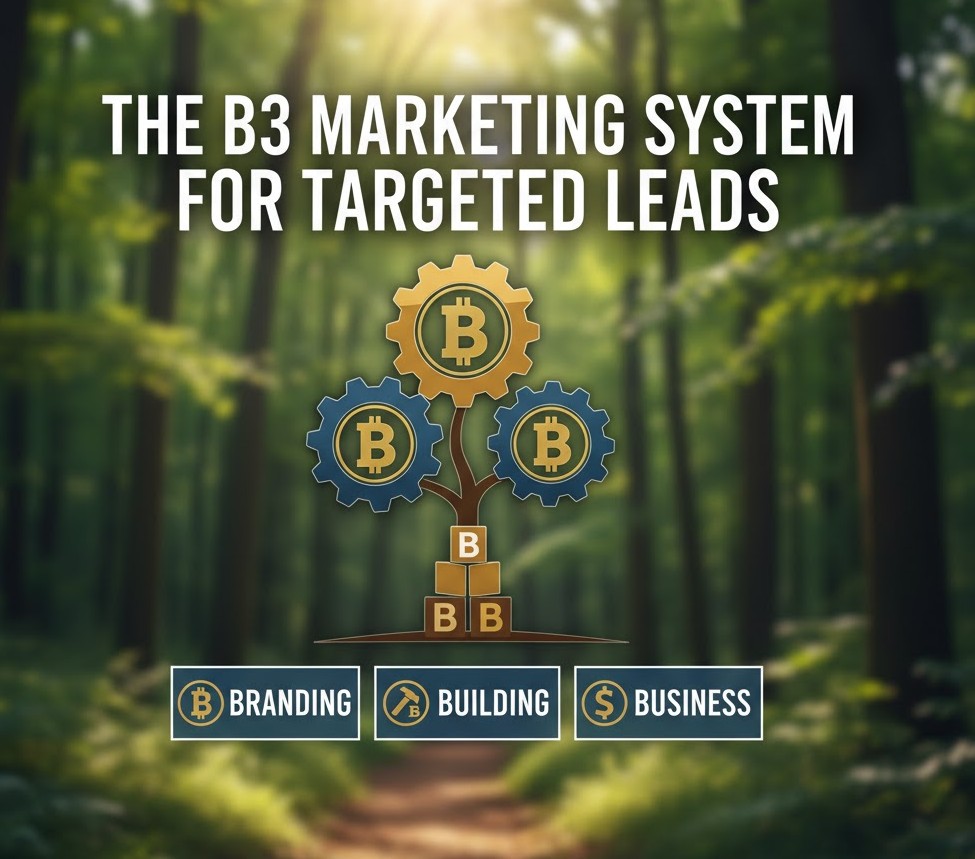You’re running a tree service business, and you’re good at it. The jobs are coming in, and the phone is ringing. But now you’re standing at a crossroads every owner eventually hits. You have more work than you can handle alone, and you know it’s time to grow your team. This is where the big question comes up, the one that can define the future of your entire operation.
Should you hire W-2 employees, or should you bring on 1099 subcontractors? This decision impacts your profit, your risk, and the very identity of your tree service business. Making the wrong choice can lead to legal trouble, inconsistent work, and major headaches. But getting it right sets you up for smart, sustainable growth.
You need clarity, not just a generic answer. You need a way to decide what’s right for your company right now, and what will help you get where you want to be in five years. We’ll break down exactly what you need to think about so you can build a more profitable business with less stress.
Got questions? We have answers. Schedule a short call with TreeCareHQ here.
Table Of Contents:
The Critical Choice: Employees or Subcontractors?
Every owner of a successful tree service business gets here. It’s a sign you’re doing something right. But the pressure to make the right move can feel intense. Do you want full control over your operations or the flexibility to scale up and down quickly?
This decision is about more than just filling a spot on a crew; it’s about the kind of company you want to build. Are you creating a tight-knit team that represents your brand on every job, or are you building a flexible network of skilled professionals? There is no one-size-fits-all answer, as the best path for you depends entirely on your goals.
Building a Brand with Employees
Hiring employees is about building something permanent. It’s an investment in your brand and your company’s future. When you build a team, you are creating a predictable and reliable tree services that customers can trust.
You Gain Total Control Over Quality
With employees, you call the shots, especially in a small business. You decide how every job gets done, from the first customer call to the final cleanup. You can train your team on specific techniques and safety standards that reflect the values of your tree care business.
This is particularly important for safety. According to the Occupational Safety and Health Administration (OSHA), proper safety training is vital in the tree care industry, and having your own crew lets you manage that directly. You can implement consistent training on everything from chainsaw safety to aerial rescue procedures, satisfying OSHA standards across the board.
Your team shows up in your trucks, wearing your company’s shirts. This consistency is how you build a powerful brand reputation. Customers know what to expect, and that trust leads to repeat business and valuable referrals for your tree service company.
You Can Shape a Winning Company Culture
A team of employees lets you build a real company culture. You can create an environment where people feel valued and are motivated to do their best work. This is more than just feeling good; it directly impacts your bottom line.
A strong culture creates loyalty. Loyal employees, especially a skilled certified arborist, stick around, which reduces the high cost of finding and training new people. Engaged teams are more productive and care more about the quality of their work, which increases your overall profitability.
You can also create clear career paths for your team members. A groundsperson can work their way up to being a lead climber or a sales arborist. This kind of opportunity is a powerful motivator that you simply cannot offer to temporary tree care subcontractors.
The Financial and Legal Commitments
Of course, hiring employees comes with serious responsibilities. This is where many owners hesitate, and for good reason. Your fixed costs go way up because you are now responsible for payroll, taxes, and benefits.
You’ll need to handle payroll taxes, workers’ compensation insurance, and unemployment insurance. You might also offer health benefits or retirement plans to attract top talent. These are steady business expenses you have to cover, whether it’s a busy season or a slow one.
Let’s look at a breakdown of what an employee costs versus what they are paid. Understanding these numbers is essential for managing your business expenses effectively.
| Cost Category | Description | Estimated Additional Cost |
|---|---|---|
| Payroll Taxes | Includes Social Security, Medicare (FICA), and Federal/State Unemployment (FUTA/SUTA). | ~8-10% of gross pay. |
| Workers’ Compensation | Insurance that covers on-the-job injuries. Rates are extremely high for tree work. | ~10-25% of payroll, depending on the state. |
| Liability Insurance | Your general liability insurance costs may increase as you add more employees and vehicles. | Varies based on coverage and team size. |
| Benefits | Health insurance, retirement plans, paid time off, and other perks. | Can be 20-30% of salary. |
| Overhead | Includes costs for safety training, uniforms, personal protective equipment (PPE), and HR tasks. | ~5-10%. |
As you can see, the actual cost of an employee can be 1.25 to 1.5 times their salary. This is a significant, long-term investment you have to be ready for. The Department of Labor has strict rules, and you have to follow them perfectly.
The Subcontractor Path: Speed and Flexibility
Using subcontractors offers a completely different approach. It’s all about staying lean and being able to adapt to the market on the fly. For many small business owners, this is the perfect way to manage growth without taking on huge financial burdens.
Agility Becomes Your Greatest Strength
Flexibility is the biggest advantage of using subcontractors. Did a big storm just roll through town, creating a surge in demand for emergency tree service? You can call in extra crews to handle the work without the lengthy process of hiring permanent staff. This lets you say “yes” to more jobs.
This model is fantastic for a tree service business that’s still growing. You can take on larger tree removal services or expand into new areas without the risk of long-term payroll. You simply bring on the help you need, when you need it.
Keep Your Overhead Costs Down
The financial side is very appealing. With subcontractors, your overhead is much lower. You don’t have to worry about payroll taxes, workers’ comp, or benefits, which can drastically improve your cash flow.
Subcontractors typically bring their own equipment, which saves you a fortune in capital expenses for things like chippers, bucket trucks, or stump grinding machines. That extra cash can be reinvested into marketing or other areas to fuel more growth for your business. Their profitability is their own concern, not yours.
The Serious Risks of Misclassification
However, the subcontractor model comes with big risks if you’re not careful. The government is very serious about worker classification. Misclassifying an employee as a subcontractor, intentionally or not, can lead to crushing penalties.
The Internal Revenue Service (IRS) has clear guidelines. The main factor is how much control you have over the worker. If you tell them when to show up, require them to wear your uniform, and instruct them on how the work must be done, they are likely an employee in the eyes of the law.
You can face hefty fines, back taxes, and other penalties if you get it wrong. You also have less control over your brand. A subcontractor’s mistake can damage your company’s reputation, and their quality of work directly reflects on you, even though you didn’t train them.
A Smart Framework for Your Tree Service Business
So, how do you decide? It’s not just about picking one or the other. The smartest approach is to build a staffing plan that matches your business goals. Let’s create a framework to help you make the right choice.
Match Your Strategy to Your Growth Stage
First, be honest about where your business is right now. Are you just starting out? Your main goal might be staying lean and flexible. In this case, starting with subcontractors for big jobs or specialized tasks makes a lot of sense.
Are you in a steady growth phase? You probably want more consistency and want to build a recognizable brand. This is the time to start bringing on your first key employees, like a lead climber or a dedicated groundsman. They will become the core of your tree service business.
Consider a Hybrid Model
Many successful tree care companies use a hybrid model. This can give you the best of both worlds. You maintain a core crew of dedicated employees who handle most of your regular jobs. They are the face of your brand and the guardians of your quality standards.
Then, you build a trusted network of vetted subcontractors. You can bring them in for specialized work, like large crane removals or stump grinding. They can also help you handle overflow during your busiest seasons or provide emergency tree service after a storm.
To make this work, you must be diligent with your vetting process. Always verify a subcontractor’s liability insurance and ask for a certificate naming your business as additionally insured. You should also check their credentials, such as an International Society of Arboriculture (ISA) certification, and call their references. Don’t skip this step.
The Two-List Action Plan
Let’s make this practical. Grab a piece of paper and take ten minutes to do this simple exercise. Draw a line down the middle and create two lists for your business operations.
On the first list, write down every role that is absolutely essential to your brand identity and customer experience. These are the jobs that need to be done your way, every single time. This might include your lead certified arborist, sales estimators, and your main climbing crew.
On the second list, write down the tasks that are specialized or fluctuate with demand. This could be things like stump grinding, land clearing, or the extra hands you need after a storm. This simple action will give you a clear map of where to hire employees and where to use subcontractors.
Scaling Smartly Means More Than Staffing
Making the right staffing decision is huge. But it’s just one piece of the growth puzzle. To build a truly successful tree service business, you need to think about your entire operation. Your team, whether employees or subs, needs a solid structure supporting them.
Put Strong Systems in Place
It doesn’t matter who is doing the work if there isn’t a clear process. You need Standard Operating Procedures (SOPs) for everything. Create a system for how you quote jobs, how you set up a worksite safely, and how you communicate with clients. These systems improve your business operations and deliver a consistent result.
Market Your Business Like You Mean It
A bigger team needs a steady flow of leads to stay busy. This is where effective marketing becomes critical. You need to focus on local SEO so customers find you when they search for tree service in your city.
Investing in a professional website and actively managing your Google Business Profile is no longer optional. The reviews you get there are a direct result of the quality of your work. Great crews, whether employees or subs, lead to great reviews and more business.
Use Technology to Your Advantage
Running a growing business is complicated. Using job management software can simplify your life. Tools like Jobber or Arborgold can help you schedule jobs, send quotes, and manage invoicing from one place. Effective crew management software makes it much easier to coordinate a hybrid team of both employees and subcontractors.
Conclusion
The choice between employees and subcontractors boils down to control versus flexibility. Employees give you complete control to build a consistent brand and a strong company culture, but they come with high fixed costs and legal duties. Subcontractors offer the agility to scale quickly and keep overhead low, but you sacrifice some control and take on the risk of misclassification.
There is no single correct answer for every tree service business. Many owners find success with a hybrid model, maintaining a core employee crew while using trusted subcontractors for specialized work and peak seasons. This approach allows for both stability and flexibility.
The right path forward for your tree care company depends on your specific goals and how much risk you are comfortable with. By using a hybrid model and focusing on strong systems, you can create a powerful and profitable company. Be intentional with your decisions and build a business that serves your vision for the future.
Ready to take your tree business to the next level? Schedule a short call with TreeCareHQ here.





